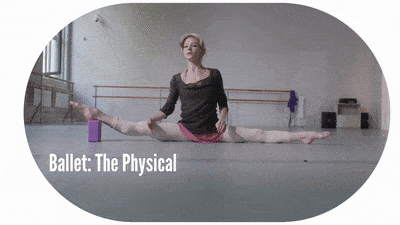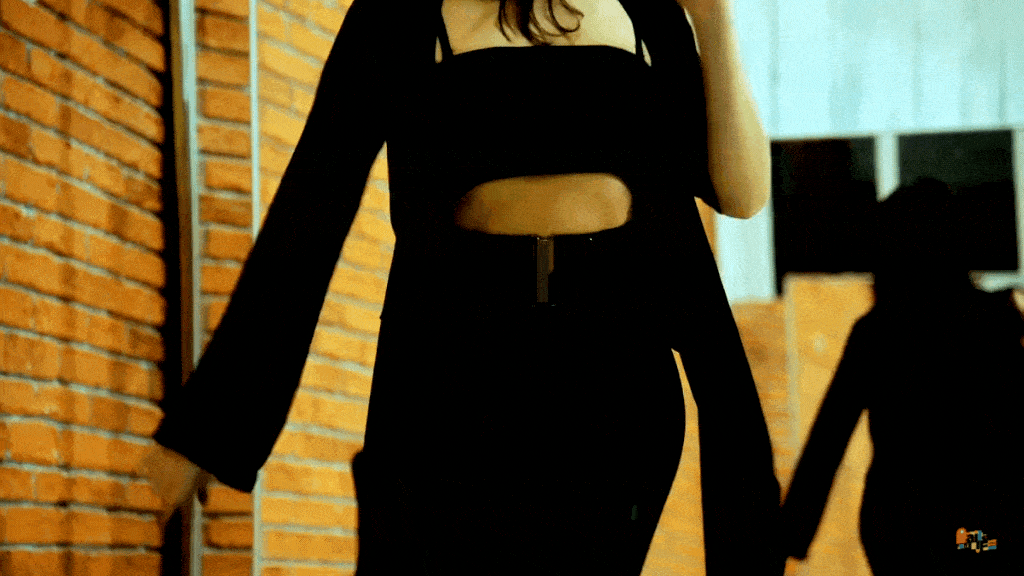Which dance style suits you better? As you strive to become a better version of yourself, dance is a powerful tool at your disposal. While any form of dancing can produce many of the endless benefits of the activity (check any of these posts for more on that)
certain ones happen to be a better fit for your personality or goals.
Let’s take a closer look at some of the most popular styles of dance:

Ballet: The Physical
Ballet dancing has been studied the most when it comes to improving the body’s mobility through dance. Awe-inspiring benefits have been discovered through extensive research.
Originated during the Italian Renaissance in the fifteenth century and later developed into a concert dance form in France and Russia. It has since become a widespread and highly technical form of dance with its own vocabulary ( mostly in French)
A typical ballet class is divided into three sections:
-
- Barre,
- Centre
- Allegro.
Ballet class is progressive. At the beginning of class, dancers start by learning smaller, more basic steps and movements at a slower tempo. As the class progresses, the steps will gradually become faster and bigger, incorporating the entire body and moving across the whole studio space by the end of class. And, Ballet class always finishes with Reverence. (Check our video for more on that)
Ballet involves a high amount of coordination, flexibility, and strength – especially within the legs. In addition to the heightened mobility that comes through practicing ballet, plenty of stretching needs to be done before and after a class to prevent injury and help you warm-up and cool down. This combination of actively dancing and working in regular stretching is the perfect combination if you wish to amplify your mobility exponentially.

Contemporary: The Creative
Developed during the mid-twentieth century, Contemporary Dance has since grown to become one of the dominant genres for formally trained dancers throughout the world, with particularly strong popularity in the U.S. and Europe.
Regarding its technique, Contemporary Dance takes from many other dances, for example it tends to combine the strong but controlled legwork of ballet with modern that stresses on torso. It also employs contract-release, floor work, fall and recovery, and improvisation characteristics of modern dance. Unpredictable changes in rhythm, speed, and direction are often used, as well. Additionally, contemporary dance sometimes incorporates elements of non-western dance cultures, such as elements from African dance including bent knees, or movements from the Japanese contemporary dance, Butoh.
Many new to dancing enjoy the techniques utilized within the contemporary style since there are no strict rules. It employs a lot of personal intuition, so you can freely make the dance your own and explore your creativity while exploring the limits and capabilities of your body.

Ballroom: The Social
Ballroom dance is a set of partner dances, which are enjoyed both socially and competitively around the world, mostly because of its performance and entertainment aspects. Ballroom dancing is also widely enjoyed on stage, film, and television.
Tango, Waltz, Rumba, Salsa, Foxtrot, ChaCha… the list goes on and on. At its broadest definition, Ballroom Dancing refers to almost any recreational dance accomplished with a partner in social events, therefore the added benefit of social interaction. If you are a social butterfly, ready to be the soul of every party, this is for you.
Hopefully, you have a better understanding of some of the leading dance styles out there. Which one resonated more with you? Are you ready to start kicking the dust and moving around? Then don`t miss out on our Tips and Routines, our little way of making every day better through dance.






